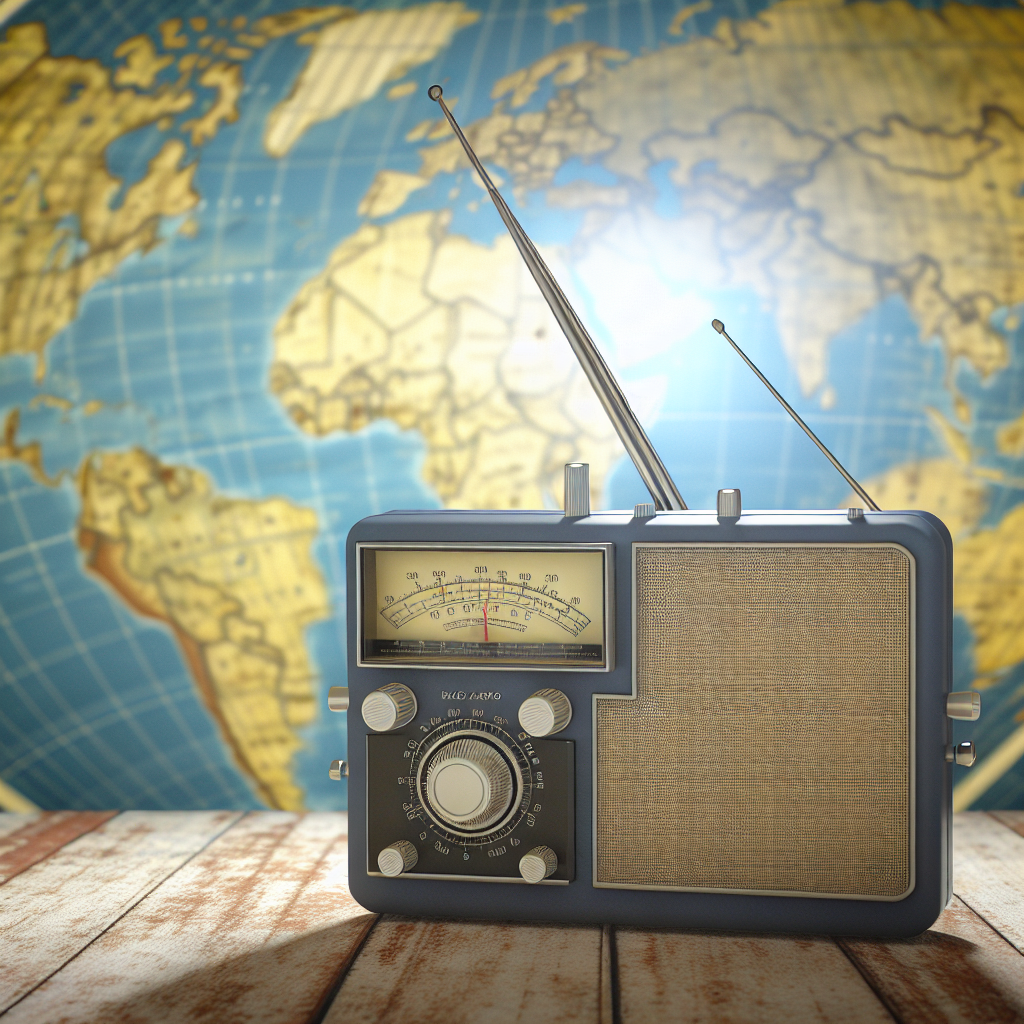Shortwave radio has transcended its origins, evolving into a multifaceted tool that spans from amateur hobbies to critical communication in emergencies. This journey explores HF radios, radio propagation, and the nuances of the radio spectrum that make shortwave a unique and enduring medium.
Understanding Shortwave and HF Radio
Shortwave radio, operating primarily within the HF (High Frequency) bands, typically spans from 3 to 30 MHz. This segment allows for long-distance communication via skywave propagation, where radio waves reflect off the ionosphere, bending back to Earth. This unique capability enables global broadcasts, making it possible for listeners to tune into international news and diverse voices from around the world. Shortwave enthusiasts often embrace the fundamental principles of radio frequency bands, exploring the nuances of AM broadcast, ham radio, and amateur radio bands, enriching their understanding of communication across vast distances.
The Art of Antenna Tuning and Signal Reception
Antenna tuning is crucial for optimizing signal reception in shortwave radios, as it directly influences the clarity and strength of the broadcast. Given the vast range of frequencies, each shortwave radio is designed to operate within specific amateur radio bands. However, environmental factors like atmospheric conditions can cause signals to fluctuate. Users often face challenges such as interference from other signals and variable propagation conditions. To tackle these issues, techniques like adjusting the antenna length, using baluns, and employing ground planes can enhance reception. A well-tuned antenna allows hobbyists to navigate the world of DXing and enjoy crystal-clear global broadcasts, turning their shortwave listening sessions into rewarding experiences.
Portable Shortwave Radios: Analog vs. Digital
Portable shortwave radios have evolved significantly, with analog and digital models each offering distinct characteristics for enthusiasts and professionals. **Analog shortwave radios** typically deliver a simpler, user-friendly experience, using traditional tuning knobs that provide a tactile connection to the world of radio waves. While they may lack advanced features, their durability and straightforward design appeal to many hobbyists.
In contrast, **digital shortwave receivers** like the **Tecsun PL-880** or **Sony ICF-SW7600** incorporate advanced technology, offering precise frequency displays, memory storage, and enhanced signal processing. These devices can facilitate improved reception and access to a broader range of frequencies. However, they might require a learning curve for users unfamiliar with digital interfaces.
Both types of radios serve essential roles in **disaster preparedness** and **emergency communication**, with analog models excelling in simplicity and reliability, while digital models shine in versatility and features, making each suitable for specific user needs.
Global Broadcasting and DXing
Shortwave radio plays a pivotal role in global broadcasting by providing a rich tapestry of international news and cultural programming across vast distances. With transmission capabilities ranging through various amateur radio bands and frequencies, enthusiasts can tap into stations from around the world, connecting people and cultures. The hobby of DXing allows dedicated listeners to capture remote signals, leading to a vibrant community focused on exchanging QSL cards to confirm their reception achievements. This pursuit fosters a sense of camaraderie among hobbyists, blending technology with a shared passion for discovering new voices on the airwaves, while enjoying the intricacies of radio propagation and the art of antenna tuning for optimal signal reception.
Shortwave Radio in Emergency and Survival Scenarios
Shortwave radio stands out as a cornerstone of emergency communication, particularly in military and survival scenarios. Its ability to traverse vast distances makes it essential during global crises or natural disasters, where traditional communication networks may fail. Equipped with a portable shortwave radio, individuals can access critical information, including weather updates and emergency broadcasts, even in the most remote areas. Military operations heavily rely on HF radio for tactical communications, ensuring that units remain connected regardless of the environment. Moreover, shortwave radio facilitates community radio efforts in rural areas, providing a lifeline for information and coordination during emergencies, enhancing disaster preparedness significantly.
Last but Not Least
Shortwave radio remains a fascinating blend of nostalgia and utility, crucial for global broadcasts and emergency communications. Its enduring appeal lies in the ever-evolving applications that continue to bridge distances and bring the world closer.

Leave a Reply
You must be logged in to post a comment.